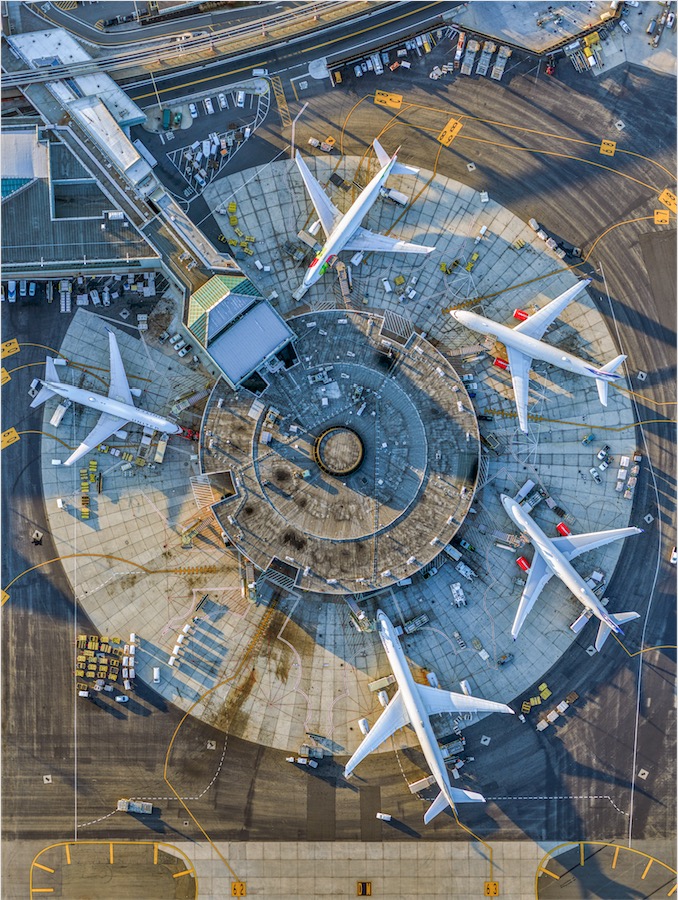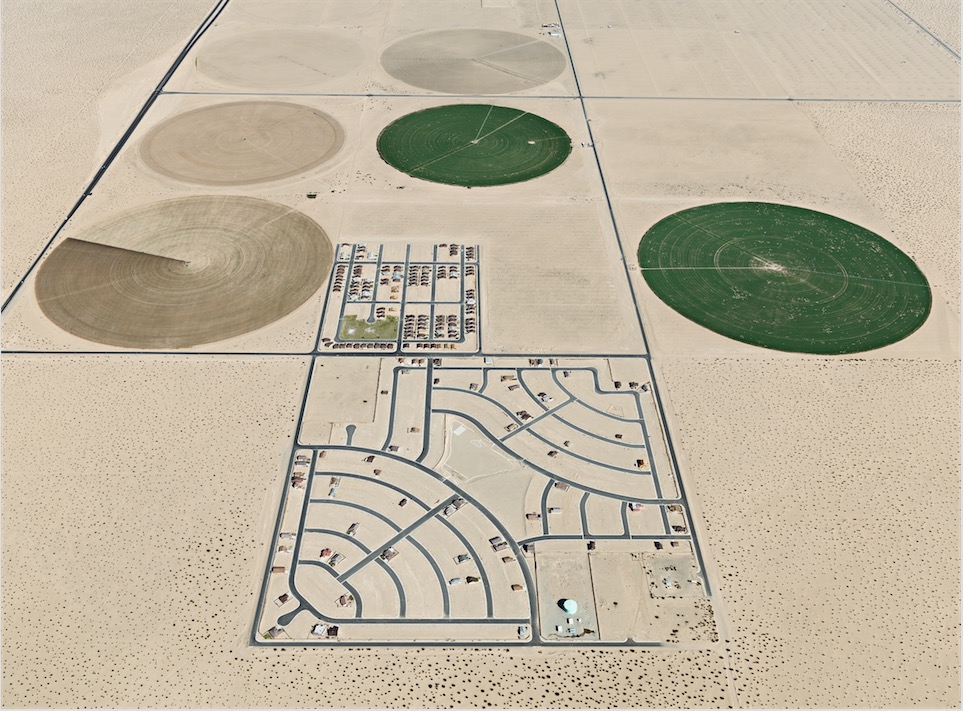As part of Artweek Auckland 2020 and coinciding with major exhibition Civilisation, Photography, Now (until 18 October), Auckland Art Gallery is hosting ‘AKL, Now, Next’ – a panel discussion featuring speakers from the diverse industries shaping our future come together to present their version of ‘what next’ for Auckland.
Ahead of ‘AKL, Now, Next’, our panellists select images from Civilisation, Photography, Now that made them reflect on the world around us.
If you would like to view a recording of this panel discussion, you can find it on YouTube here.



